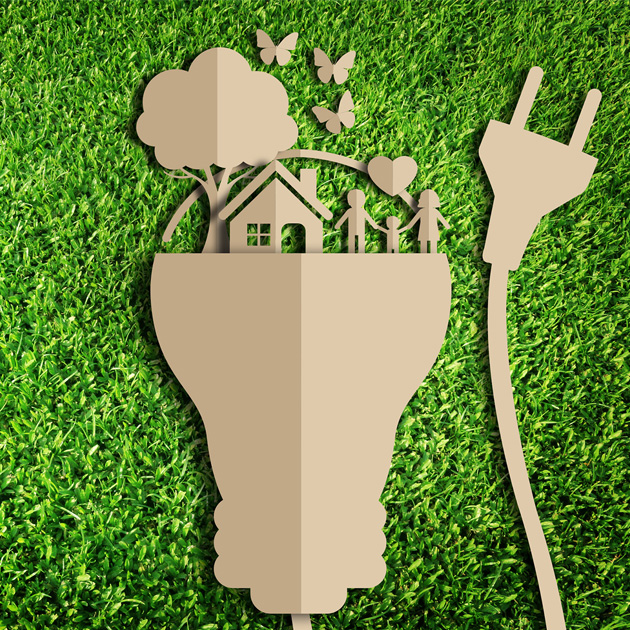Energy bills are one of the biggest expenses for most households, but also one of the easiest to reduce. With these simple lifestyle changes, you could save a packet whilst also saving energy and helping the environment.
1. Understand your bills
Energy bills can be daunting with the amount of information on them, but if you get to grips with what they actually mean, it might help you save some money.
The following information will be shown on your bill:
· Your name and address
· Your current tariff
· Your Tariff Comparison Rate
· Your usage in the past year
· Your latest meter readings
· A calculation of the amount you need to pay
When you receive your bill you should first check the information is correct. For example, make sure your name is shown and it is not addressed to ‘the occupier’, ensure the address is correct, and check the meter serial numbers on the bill match the ones on your meters. You should then check the tariff you are on – the ‘standard tariff’ is often not the cheapest. You should check the bill is not based on estimated readings, and if it is you should take an accurate reading from your meters and provide it to your supplier so they can issue an accurate bill.
2. Take care in the kitchen
Only put as much water into the kettle as you need, use a washing up bowl instead of leaving the tap to run, only use your washing machine when you have a full load, only use enough water to cover food in your pans and boil vegetables in an appropriately sized pan with the lid on. All these little savings add up.
3. Upgrade your bulbs
Modern LED bulbs are just as bright as ‘old fashioned’ bulbs and don’t take time to brighten like earlier energy saving bulbs. They are also extremely energy efficient, last ages, and the savings on energy should offset the cost to buy them within a couple of years.
4. Switch things off
Although it seems obvious, make sure lights are switched off when rooms are empty and appliances are switched off at the wall, not left on standby.
5. Turn your heating down
Reducing the temperature on your thermostat by just 1 degree can save as much as £60 per year. Would you really notice a difference of 1 degree?
6. Wash at lower temperatures
Most of the energy used by your washing machine goes towards heating up the water. Therefore, washing at 30-40 degrees will cost less than a hotter wash, and is fine for everyday washing.
7. Air-dry clothes
A tumble-dryer is one of the biggest consumers of electricity in the home. Hanging washing outside on the line when possible, or on a drying rack indoors can save a heap on your electricity bill. Also, nothing beats the smell of fresh line-dried washing.
8. Let your cooking heat your home
Where possible, keep the kitchen door open to let the heat circulate. If you are using the oven, leave the door open after you have finished so the heat can escape whilst the over is cooling. This will mean your central heating doesn’t have to work as hard and your bills will be lower.
9. Take shorter showers
Challenge yourself to think of ways to cut down the time you spend in the shower, and set a timer so you can see how long you are taking. This will reduce the energy used to heat the water and the cost of the water itself if you are on a water meter.
10. Monitor your usage
If you have smart meters installed, you will be provided with a monitor which will track your usage and tell you how much you are spending. Otherwise, your supplier might provide an electricity monitor for free. These provide a way of measuring any savings you make and give you an incentive to keep going!






